
South gate of Ho Citadel.
Ancient heroic spirit
Together with the Complex of Hue Monuments, Hoi An Ancient Town, My Son Sanctuary and the Central Sector of the Imperial Citadel of Thang Long-Hanoi, in 2011, the Ho Dynasty Citadel was officially recognized by UNESCO as the fifth World Cultural Heritage of Vietnam thanks to the convergence of three criteria: unique architecture, advanced construction techniques and great historical value. That is what the tour guide of the Ho Dynasty Citadel Heritage Conservation Center shared with us when we started the tour.
The tour guide added that the Ho Dynasty Citadel, also known as An Ton Citadel, Tay Do Citadel, Tay Giai Citadel... was the capital of Dai Ngu during the Ho Dynasty (1400-1407). Although the Ho Dynasty was the shortest-lived dynasty in Vietnamese history (7 years), it left behind a majestic citadel for posterity.

South gate of Ho Citadel.
Although it was only built in three months, the Ho Dynasty Citadel is a prominent symbol of capital citadel construction in Vietnam and Southeast Asia. The unique feature is that the citadel walls and arched gates were built with large stone blocks, weighing from 10-16 tons, elaborately crafted, stacked firmly on top of each other without any adhesive.
Stones for building the citadel were quarried and processed on-site from limestone mountains such as An Ton, Xuan Dai... about 2-4km from the citadel. From the high mountains, ancient workers selected large stone slabs, then drilled, chiseled, created grooves and holes in the middle of the slabs and used manual tools such as hammers, wedges, pliers, and levers to separate each small block and chisel them into square or rectangular blocks, then flattened them to reduce weight for easy transport back to the citadel. At the foot of the citadel, workers continued to process and craft to create aesthetically pleasing shapes before building the citadel.
We walked along the wall and were told that, with these giant stone bricks, the "architects" and "engineers" who built the wall at that time used simple physical principles and tools such as rollers, levers and inclined planes.
When transporting by land, the workers used human power, the pulling power of buffaloes and elephants to slide the stones on a manual “conveyor belt” made of wooden shafts and round stone rollers. By water, the Ma River and the marshland north of the Imperial Citadel were also routes for transporting stones, and then the stones were transported by land into the citadel.

A section of the wall.
To carry stone slabs weighing tens of tons up to build the citadel wall and gate, the workers built the citadel, creating a sturdy slope. As the citadel was built, the slope was raised and extended to make it easier to carry the stones up. The citadel wall was built with stones arranged in the shape of the letter "cong". On the inside, stones were inserted in a row in a crocodile-tooth style to help the wall stay strong. Currently, the northeast citadel wall is the most intact and beautiful citadel wall, with five rows of stones stacked tightly on top of each other. The citadel wall has a two-layer structure, the outside is stone and the inside is a very thick earthen rampart. Previously, the citadel wall was 6 to 7 meters high, equivalent to 6 to 7 rows of stone, but over time, the citadel wall has lost a lot, but the special thing is that the citadel wall has not collapsed.

The headless dragons in Ho Citadel.
While standing under the stone archway, the tour guide of the Ho Dynasty Citadel Heritage Conservation Center told us that, for the stone archways, people built a mound of earth in the shape of an archway, then used stones that were crafted into an isosceles trapezoid shape to join on top. After joining, they dug out the soil to create the archway. The special thing is that the citadel did not use any adhesives, but thanks to the gravity of the stone slabs and the gravitational force of the earth, the stone slabs became more and more tightly wedged together over time. Although the southern gate is the largest and most beautiful main gate with the "Three-ring gate" architecture, the largest stone slabs are located at the western gate of the citadel because this gate is close to the construction site where the building materials were supplied, An Ton mountain. Specifically, at this gate there is a stone slab weighing up to 26.7 tons. Previously, there were watchtowers on the southern and northern gates, but over time, the watchtowers no longer exist, but the column holes on the citadel are still there.
According to the tour guide, the Ho Dynasty Citadel was built in the middle of a landscape of many mountains and rivers, and on a nearly square plan with an internal area of nearly 77 hectares. After more than 600 years, the architectural relics in the citadel no longer exist, but when excavated, the architectural foundations were still intact under the layer of soil and rock.
Awakening the stone soul of Thanh land
Leaning against the green mountains, facing the wind, the majestic Ho Dynasty Citadel stands there like an immortal witness of history. However, according to our observations, such a wonder is not enough to hold tourists for a long time. In fact, tourists often come here on tours combined with other tourist destinations in the province without staying to listen and appreciate the whole region imbued with the quintessential culture of this place.
In recent times, the Ho Dynasty Citadel Heritage Conservation Center has continuously renewed itself with diverse tourism products such as: taking tourists to visit 10 tourist attractions around the citadel and its outskirts by electric car with a free tour guide.
With only 40,000 VND/person, visitors can not only visit the Ho Dynasty Citadel but also go to the Nam Giao altar 3.5km away, an ancient place to worship heaven with the King's well with very clean and sacred water, used for fasting before going to the altar; visit the Binh Khuong Temple with the story of her husband's injustice; visit the ancient house of Mr. Pham Ngoc Tung's family with its unique architecture, with the house's sophisticated carvings showing the ingenuity and talent of ancient artisans.
In addition, visitors can also visit and admire Giang Pagoda (also known as Thuong Van Tu) built during the reign of King Tran Due Tong (1372-1377) with the legend of this king's thrilling defeat of the Champa army.

Binh Khuong Temple.
However, the above itinerary is probably not enough for tourists to stay longer, while around the citadel is a space of memories of Cam Bao village that was once associated with many traditional cultural and historical values, including Ngoc Trao Guerrilla War Zone. Equally impressive are the hometown flavors that captivate people's hearts. That is a bowl of bitter leaf soup, a wild vegetable that seems difficult to eat, but when cooked with pig intestines or minced meat, it becomes a very unique flavor, filled with the warmth and sincerity of the people here.
Bitter leaf soup is not for anyone in a hurry because the diner must eat slowly, letting the bitter taste on the tip of the tongue gradually turn into a sweet aftertaste, like the way the love of the countryside seeps into the heart after things that seem difficult to approach.
In addition, the dish of Nhut porridge will also make the diners unable to forget. Nhut - a pickled dish made from jackfruit fiber, cooked with fragrant roasted rice porridge, adding a little roasted peanuts and herbs, is a poor family dish that contains so much sophistication that helps visitors understand that people of Vinh Tien, Vinh Long can make good things from even the simplest things.

Signs indicating tourist attractions in Ho Citadel.
Then there is the banh rang bua - a rustic cake wrapped in a dark green leaf, inside is a layer of smooth ivory-white dough embracing a filling of meat, wood ear mushrooms, and fragrant pepper. Taking a bite, the chewy texture of the dough combined with the fatty taste of the filling all evokes a strangely peaceful feeling.
Not only that, the small pieces of Vinh Loc sour sausage contain the essence of meticulousness with just enough fermented meat, hand-wrapped banana, a little chili, a few thin slices of garlic, all creating a perfect blend of sour, spicy, salty, sweet flavors. These small, pretty sausages are often gifts carrying the flavor of Thanh Hoa sent on long trips.
Not only cuisine, if tourists stay here, they can also see a hunting dog that is listed as one of the "four great national treasures" of Vietnam, which is the Lai Song Ma dog. The Lai dog is a typical ancient dog breed, wild but close, famous for its intelligence and brave fighting ability, trained by the ancients to protect the village, protect the village and preserve the soul of the countryside.
In particular, this dog breed is also associated with the legend of the famous general Nguyen Xi in the history of defeating the Ming army. Legend has it that a loyal dog named Lai saved Nguyen Xi's life when he was ambushed and seriously injured. It dragged him out of the battlefield, turned back to bite the enemy and died. Nguyen Xi always considered this dog breed as a mascot. After his death, many places in the community built temples to worship "hyenas" as a way to remember the absolute loyalty of this dog breed.

A corner of Ho Citadel.
It can be said that the Ho Dynasty Citadel is not only an architectural wonder but also a rich cultural tradition of a Thanh land. If the relics are connected with culinary flavors and cultural relics, surely tourists will hardly be indifferent.
When each stone tells a story, each dish evokes memories, each relic creates an impression, the visitors' footprints not only stop but also remain in people's hearts, then Cam Bao, Thanh Hoa Thanh in particular or Vinh Long, Vinh Tien in general will no longer be a passing destination but will be a place where visitors want to return - like returning to a memory that is both strange and familiar.
MANH HAO
Source: https://nhandan.vn/ve-voi-di-san-xu-thanh-post921888.html


![[Photo] The "scars" of Da Nang's mountains and forests after storms and floods](https://vphoto.vietnam.vn/thumb/1200x675/vietnam/resource/IMAGE/2025/11/13/1762996564834_sl8-jpg.webp)
![[Photo] General Secretary To Lam visits Long Thanh International Airport Project](https://vphoto.vietnam.vn/thumb/1200x675/vietnam/resource/IMAGE/2025/11/13/1763008564398_vna-potal-tong-bi-thu-to-lam-tham-du-an-cang-hang-khong-quoc-te-long-thanh-8404600-1261-jpg.webp)


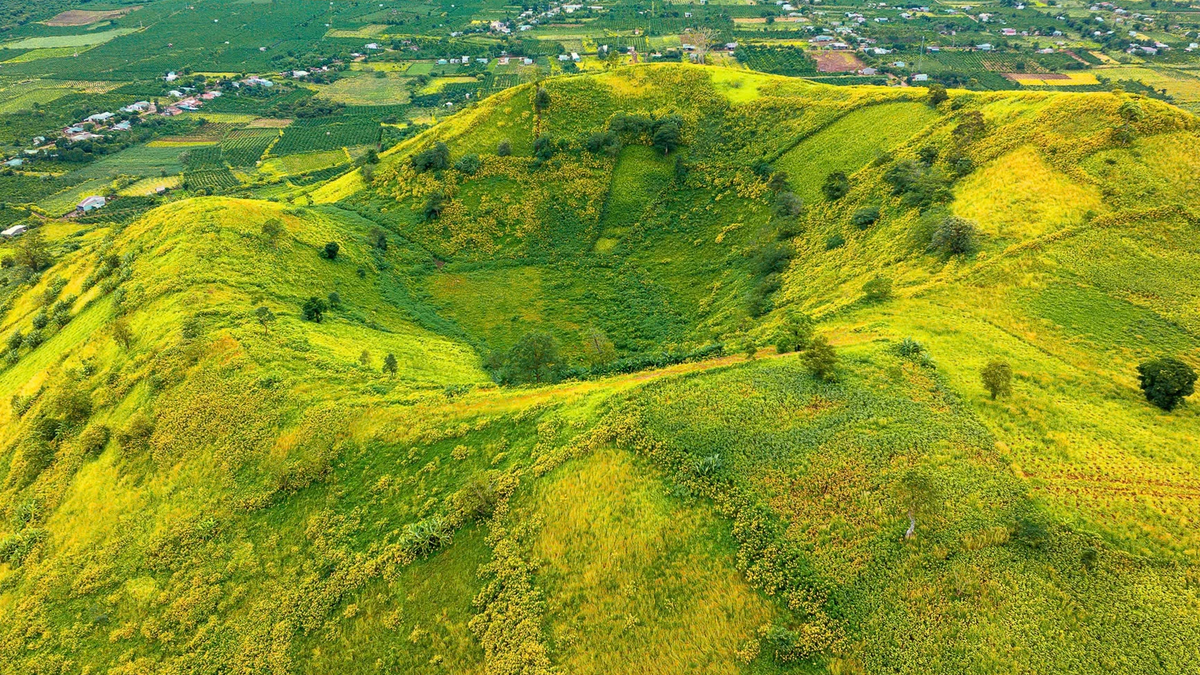



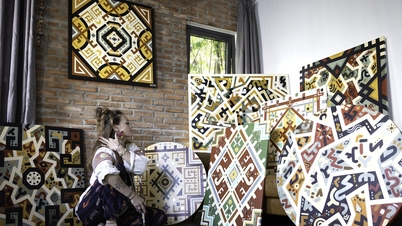




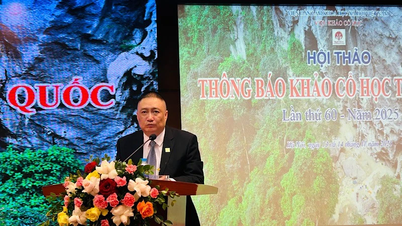







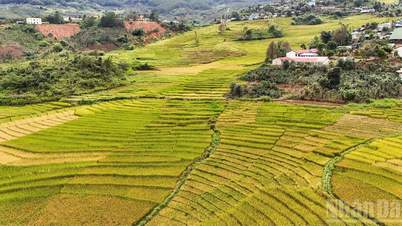
![[Photo] General Secretary To Lam visits Long Thanh International Airport Project](https://vphoto.vietnam.vn/thumb/402x226/vietnam/resource/IMAGE/2025/11/13/1763008564398_vna-potal-tong-bi-thu-to-lam-tham-du-an-cang-hang-khong-quoc-te-long-thanh-8404600-1261-jpg.webp)


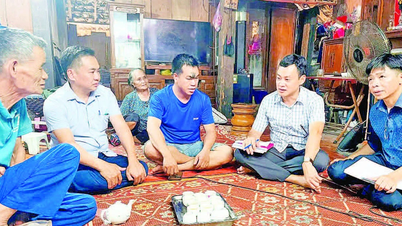
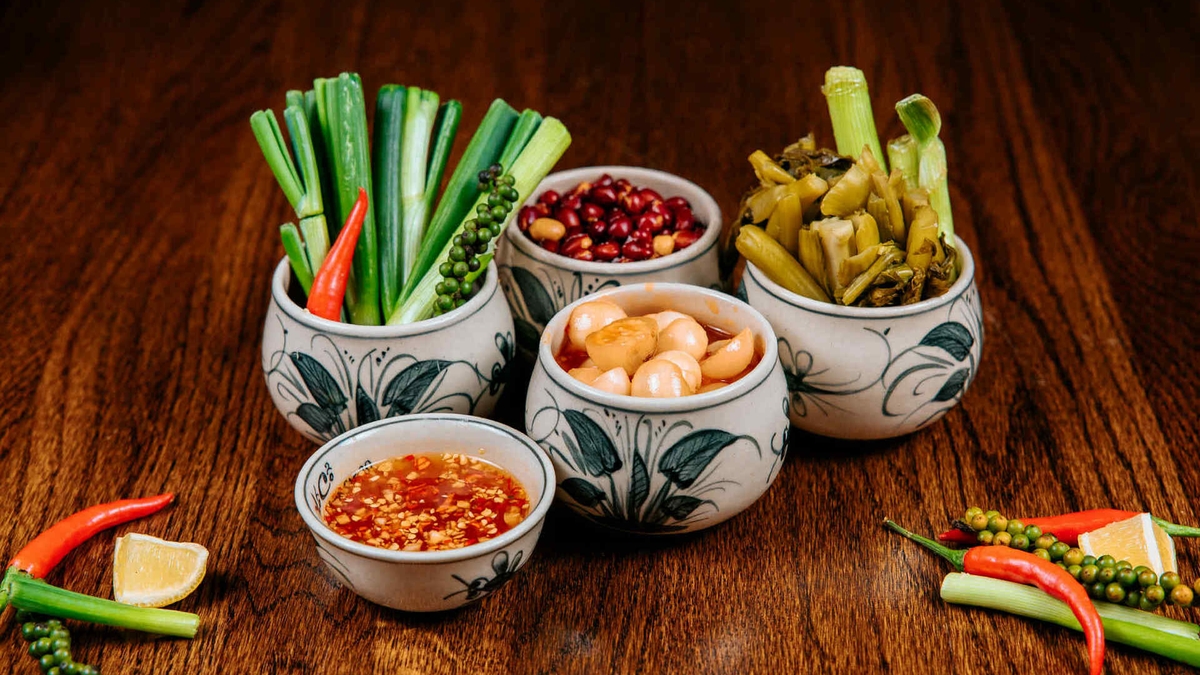











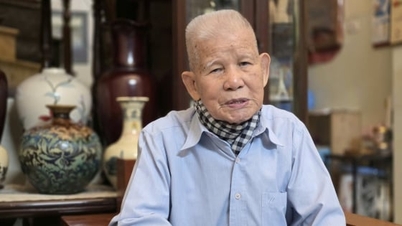













































![[Infographic] Main development goals and targets for the 5-year period 2026-2030](https://vphoto.vietnam.vn/thumb/402x226/vietnam/resource/IMAGE/2025/11/13/1763013984385_cdn-nhandan-vn-images-22f099ca8bc7ae81aa2a8d3416a84bf8267bcc4f3a0ec01ee7b087ca4f1e19412ad321b4a75a62c5b1a9229f3bdfa20548b9382a8c3d1e37736b78a1be2bbad7-_1763006939481-1.jpeg)





![Dong Nai OCOP transition: [Article 3] Linking tourism with OCOP product consumption](https://vphoto.vietnam.vn/thumb/402x226/vietnam/resource/IMAGE/2025/11/10/1762739199309_1324-2740-7_n-162543_981.jpeg)





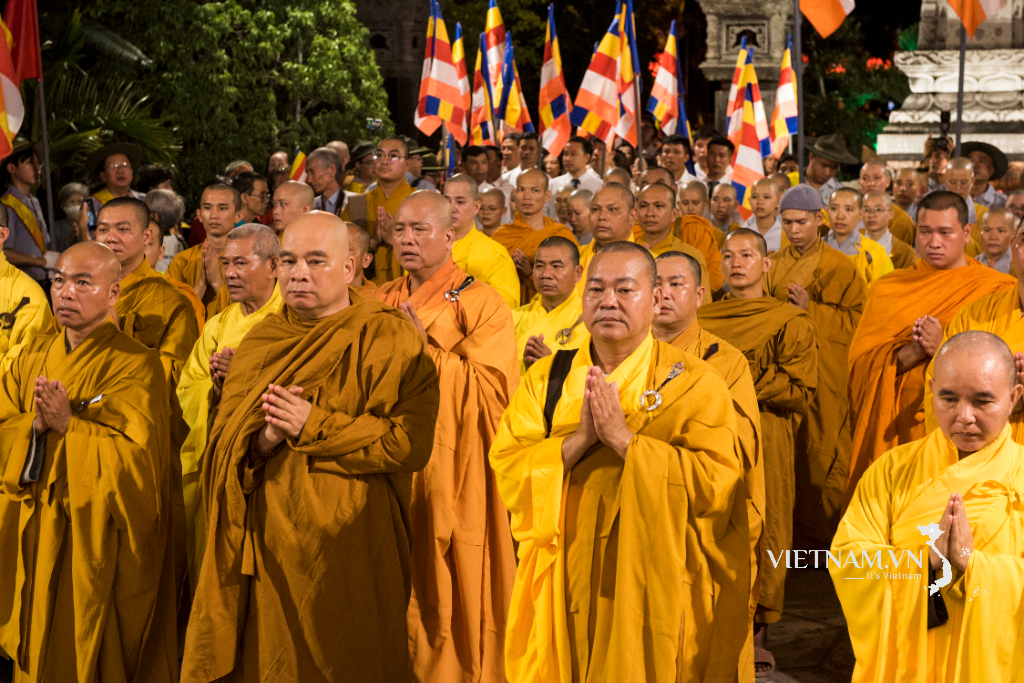
Comment (0)